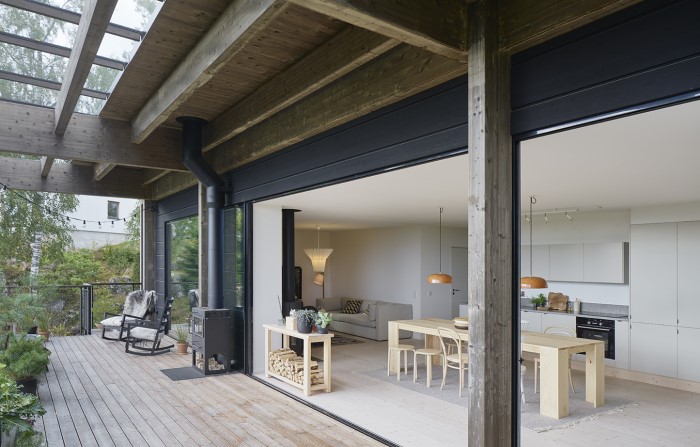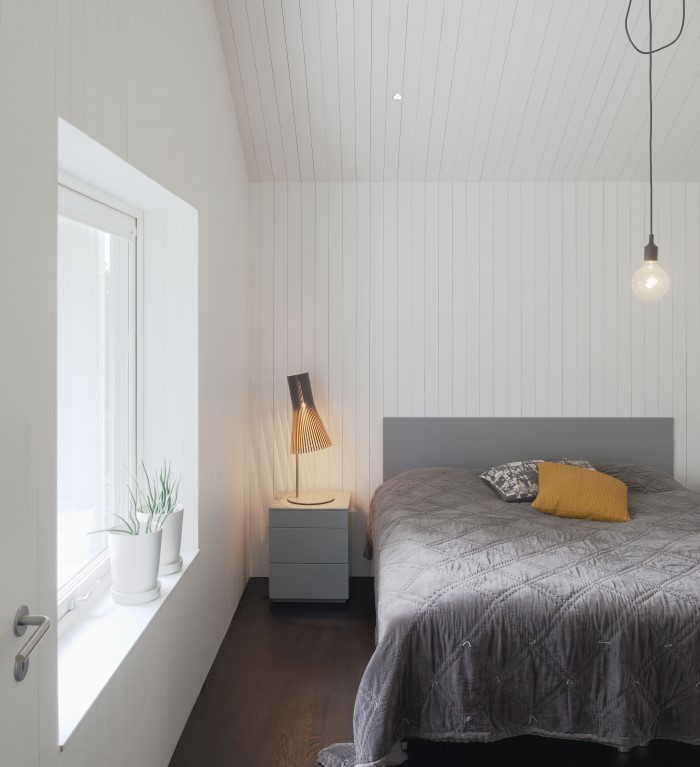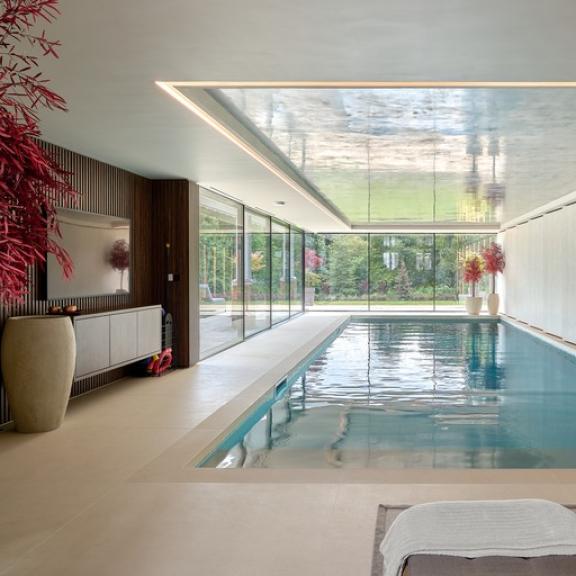Swedish Wood Announced as Platinum Partner
Swedish Wood introduce themselves with a quick quide to designing with wood.

BIID Platinum Partner was created to give opportunities for relevant Industry Partners to work more closely with the Institute. We are delighted to announce our newest Platinum Partner: Swedish Wood
Swedish Wood are celebrating their new partnership by giving you a quick introduction to designing with wood.
Quick Guide - Designing with Wood
Wood is a very special material for interior design. Easy to use and durable, it can provide a wide variety of finishes, contemporary or classic, depending on species and coating, and is the quality solution for flooring, doors, mouldings, panelling. It promotes well-being, both because of its natural texture and also because of the way its hygroscopic structure helps maintain comfortable levels of humidity in a room. And, not least, it’s the most climate-friendly material.
Top Tip
Wood is broadly categorised into two groups: softwoods and hardwoods.

Are softwoods always soft and hardwoods always hard?
In short, no. Softwoods come from coniferous or cone-bearing trees, while hardwoods come from deciduous trees. Hardwoods are further divided into temperate hardwoods and tropical hardwoods, depending on where they grow. Thus, the terms hardwood and softwood are not directly associated with the hardness or softness of the wood, but rather with the type of tree. A good example is Parana pine, a softwood that is one of our hardest timbers, whereas Balsa, which we all remember from our model-making days, with its very soft physical properties, is a hardwood.
In the UK, many interior designers will be more familiar with using hardwood species, but in Scandinavian countries, sustainable softwoods, such as pine and spruce are very much on trend, both for furniture and interior design. Gone are the days of yellowing varnished pine. Today pine is typically white oiled, painted or even charred.
Want to learn more?
For inspiration and information on using wood in interior design, see Wood Campus BIID accredited CPD module Wood in Interiors.
Download your free copy of Swedish Wood’s inspirational design magazine, Trä!
Sustainable timber
As long as it is sourced from sustainably-managed forests, timber is the most sustainable mainstream building product you can use. It is possible to sustainably source most species in the UK, but this is more difficult for some hardwood species than for pine or spruce.
Timber is naturally renewable, with the temperate forests of Scandinavia, Europe, Canada and North America stable or growing. Most of the softwood in the UK comes from Sweden, where almost half the area of the country is productive forestland – that’s almost the same size as Great Britain.
For information on timber certification and sustainability, see Wood Campus CPD module Procuring Sustainable Timber
Climate-friendly timber
Using timber contributes to reducing CO2 levels in the atmosphere in three ways:
- By carbon capture in the growing forest carbon sink
- By carbon capture in the increasing wood product carbon store
- And by substitution for CO2-intensive materials.
For more information, see Wood CO2ts less.

Sourcing timber
If you want to buy timber you can look to the Timber Trade Federation (TTF). All TTF members comply with the Responsible Purchasing Policy (RPP), which helps them minimise the risk of illegal timber entering their supply chains. The RPP is complementary to certification schemes and gives a second layer of confidence. Buying from TTF Members gives assurance that due diligence has been conducted on all their timber products.
Swedish Wood will be using their Platinum Partnership to provide a wealth of information on wood and how it is best used in interior design.
Note: Swedish Wood is a BIID Platinum Partner. This article has been produced as part of our sponsored partnership programme.
Explore new resources from the BIID. Seeing a padlock? Just login or become a member to view.
View the highlights from our 60th anniversary party
We asked Anna Burles: What makes the perfect software?
Discover the smart home technology awards with Platinum Partner, CEDIA
Explore the latest, member-exclusive, templates designed to make your life easier.
University of Gloucestershire wins the BIID Student Design Challenge 2025.





